GM Death Watch 74: The Refresh That Pauses
Last year, GM unveiled a funky retro-styled vanlet called the HHR (Heritage High Roof). Although the HHR has generated some much-needed action on Chevrolet dealers' lots, the vehicle's character and genesis is an ominous sign that all is not well within GM's product development process. For one thing, the HHR is a bin-engineered clone of its competitor, the PT Cruiser, designed by the same man who penned the Chrysler. For another, there was a five-year gap between the PT and the Me-Too. In other words, when it comes to creating products for the US market, General Motors is dim, cheap and slow.
To be fair, GM's current vehicles are generally 80 to 90% as good as the class-leading benchmarks. TTAC readers might not choose a Pontiac Torrent over a Honda CR-V, but there's nothing wrong with the Pontiac that automatically disqualifies it from consideration. Right now, that is. A few years down the road, things start to get ugly. When it's time to update a product– not just adding new options and colors, making significant mechanical and cosmetic improvements– GM has been known to let a new vehicle slip seven years or longer between refreshes. In contrast, The General's foreign competition is fully committed to a five or six-year product cycle. As a result, GM's products are falling further and further behind, until they become obsolete. For example…
GM introduced its first J-car, the Chevrolet Cavalier, in March 1981. Eight years later, the Cavalier and its platform-sharing partners (Firenza, Skyhawk, Sunbird, etc.) received curvier styling and some mild mechanical tweaks. Meanwhile, the competition moved in. The third AND fourth generation Honda Civic beat the J-cars first redesign by a year. Six years after that, GM finally unleashed a J-car update. The following year, the sixth generation Civic arrived. Even with a year's head start, GM had managed to put out just two redesigns against Honda's five. Fleet sales and other discounts soon damaged the J-cars so badly GM abandoned the entire model-range. The new Cobalt enjoyed just one year's grace before another new Civic blew it into the weeds.
The story of GM's minivans is even more depressing. GM entered the market in the late 80s with an innovative design (pre-Saturn plastic panels) and fancy Italian styling. Unfortunately, the four-cylinder engines made their vehicles slow, the design made them weird (dust buster) and the architecture was too narrow. Five years after introduction, GM finally ditched the plastic panels and funky nose, and fitted a better engine. Seven years passed before GM's next "update": a literal nose job, without any significant engineering improvements. Buick and Saturn were added to the fold, offering GM customers four variations on a narrow minivan with ten-year-old mechanicals.
Before GM's first minivan update, Chrysler "jelly-beaned" their people mover and added another door. Once again, Chrysler's product began to dominate the sector. Between the later two GM updates, Honda introduced, and then updated, their superb Odyssey. Honda scooped the cream of the segment from Chrysler, Chrysler was forced down market and GM was relegated to the fringes. More instructively, Toyota arrived on the scene in 1990, flopped spectacularly, tried again after eight years with an all-new vehicle (the Sienna), tried again after five years of minor success (with another total redesign) and then, finally, gained traction in this highly-profitable segment.
Toyota's tenacity highlights another problem with GM's product updates. Unless a vehicle is very successful or very unsuccessful, The General tends to hold off on expensive redesigns. With GM's [overly] extensive distribution chain, an "adequate" vehicle can sell for years. Unfortunately, these ageing vehicles aren't very profitable. Equally important, the non-competitive products are highly unlikely to tempt their competitors' customers, denying GM the conquest sales they need to gain– or maintain– vital market share.
GM's updates also tend to be far less comprehensive than their competitors'. They'll change the shell and maybe the engine (usually for another old pushrod). Remember: an 80% refresh of an 80% car creates a car that's only 64% as good as its more advanced alternative. By contrast, Toyota and Honda are ready, willing and able to change anything up to and including an entire vehicle platform– and still manage to beat GM's update by one or two model cycles. The end result of GM's lethargy is a car in need of a complete re-build (and usually a new name).
Designing and improving cars is hugely expensive. Given The General's current cash crunch, there must be enormous pressure for product developers to cut corners wherever possible. As it is, the endless procession of eighty percent vehicles and too-late refreshes is sending GM's market share into terminal decline. Remember that the Chevrolet Cobalt and the Saturn Relay were designed when GM was flush. Imagine what will happen if they have to skimp.
More by Andrew Dederer
Latest Car Reviews
Read moreLatest Product Reviews
Read moreRecent Comments
- Dave Holzman My '08 Civic (stick, 159k on the clock) is my favorite car that I've ever owned. If I had to choose between the current Civic and Corolla, I'd test drive 'em (with stick), and see how they felt. But I'd be approaching this choice partial to the Civic. I would not want any sort of automatic transmission, or the turbo engine.
- Merc190 I would say Civic Si all the way if it still revved to 8300 rpm with no turbo. But nowadays I would pick the Corolla because I think they have a more clear idea on their respective models identity and mission. I also believe Toyota has a higher standard for quality.
- Dave Holzman I think we're mixing up a few things here. I won't swear to it, but I'd be damned surprised if they were putting fire retardant in the seats of any cars from the '50s, or even the '60s. I can't quite conjure up the new car smell of the '57 Chevy my parents bought on October 17th of that year... but I could do so--vividly--until the last five years or so. I loved that scent, and when I smelled it, I could see the snow on Hollis Street in Cambridge Mass, as one or the other parent got ready to drive me to nursery school, and I could remember staring up at the sky on Christmas Eve, 1957, wondering if I might see Santa Claus flying overhead in his sleigh. No, I don't think the fire retardant on the foam in the seats of 21st (and maybe late 20th) century cars has anything to do with new car smell. (That doesn't mean new car small lacked toxicity--it probably had some.)
- ToolGuy Is this a website or a podcast with homework? You want me to answer the QOTD before I listen to the podcast? Last time I worked on one of our vehicles (2010 RAV4 2.5L L4) was this past week -- replaced the right front passenger window regulator (only problem turned out to be two loose screws, but went ahead and installed the new part), replaced a bulb in the dash, finally ordered new upper dash finishers (non-OEM) because I cracked one of them ~2 years ago.Looked at the mileage (157K) and scratched my head and proactively ordered plugs, coils, PCV valve, air filter and a spare oil filter, plus a new oil filter housing (for the weirdo cartridge-type filter). Those might go in tomorrow. Is this interesting to you? It ain't that interesting to me. 😉The more intriguing part to me, is I have noticed some 'blowby' (but is it) when the oil filler cap is removed which I don't think was there before. But of course I'm old and forgetful. Is it worth doing a compression test? Leakdown test? Perhaps if a guy were already replacing the plugs...
- Crown No surprise there. The toxic chemical stew of outgassing.



















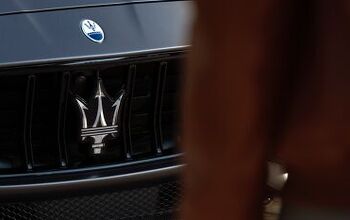
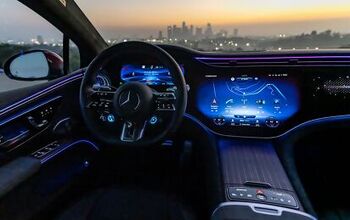
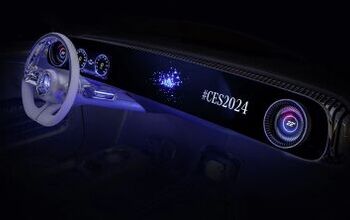
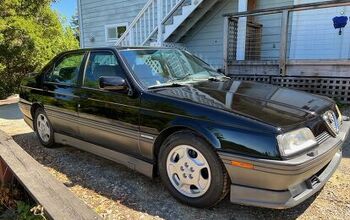



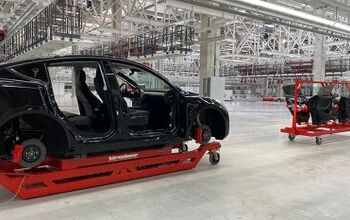

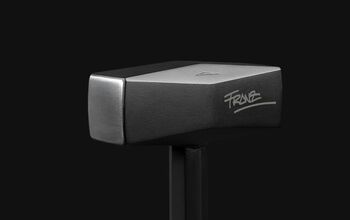
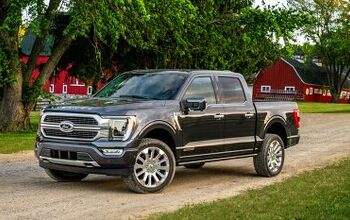
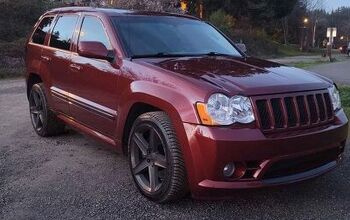



Comments
Join the conversation
Just to clarify - The Dustbuster Minivans came to market with a 3.1 V6 with Throttle Body Fuel Injection and 120 hp, when most of the others were offering 140hp or more. They could have put a 3.8 165hp in it, but they didn't. The Toyota Previa van didn't sell in the huge numbers that the Chrysler Vans did, but the folks that did were diehard fans, especially those that got the All Trac or 4wd versions. They only let them go when Toyota brought out an AWD Sienna in 2004. The Uplander/Montana SV6/Relay/Terraza were the most half a$$ed thing to come out of GM. Why oh why would anyone want it!
This deathwatch chapter is not only true but should be revisted when the new malibu stays unimproved after a few years.